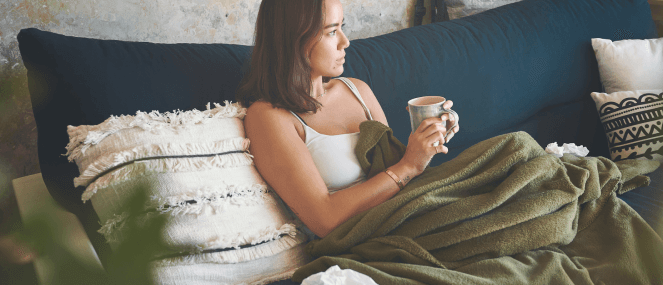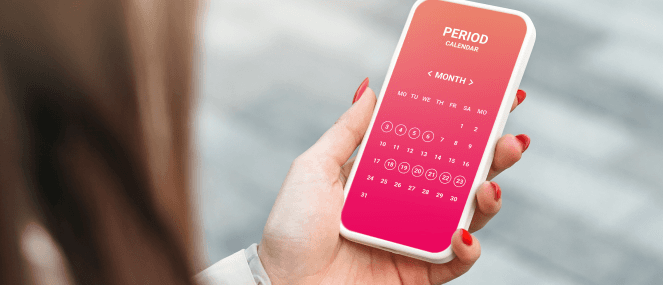
- Health hub/
- Stress relief & sleep support/
- Top 3 noise colours to support your sleep quality


Most of us will have encountered a disturbance to our sleep at some point from noise, whether that be a crying baby on a plane, a noisy party in the hotel room next door or the sound of a squawking bird outside.
Paradoxically, there are noises that exist that can have the power to help us to sleep.
You may be interested to know that noise can be defined by colours, according to their different frequencies on the spectrum of sound, much like the differences in pitch that give us musical notes. Their different sound frequencies result in noises that have been studied for their effects on health, such as focus, attention-deficit hyperactivity disorder and sleep.
According to a 2020 paper in the Noise and Health Journal, the practice of naming types of noise after colours started with white noise, which contains all frequencies across the sound spectrum in equal measure. The name was given because of its similarity to white light, which was assumed to have a similar flat power spectrum over the visible range.
Many parents have likely come across white noise, often recommended as a tool to help soothe babies to sleep, with white noise machine manufacturers claiming that it mimics the sound of being in the womb. Studies have shown white noise to be helpful in decreasing crying and helping to improve sleep in babies.
Since then, other noise colours, most commonly pink and brown, have been studied.
The current research on them is still varied and inconclusive but it is worth trying these if you are experiencing noise disturbances affecting your sleep.
These noises can be accessed via machines that emit the noises and are now also easily found on apps on our phones.
How noise colours can assist sleep
White noise
White noise, the most studied noise colour, is often described as neutral and static, and examples are the sound of a wrongly tuned radio or TV station, a fan or the hum of a vacuum. It is believed that its monotonous tone helps to drown out disruptive, jarring noises or mind chatter, while also having a relaxing effect. The noises typically aren’t associated with nature, whereas pink noises are.Pink noise
Pink noise is the same as white noise in that it covers multiple bands of sound. However, it is lower in pitch and a bit louder than white noise. Pink noise has been found to be present in many nature sounds. Examples of pink noise include the sounds of a gentle rainfall or a waterfall.
It can be an alternative noise to listen to if someone is looking for one that is less harsh and more pleasant than the hissing, high pitch of white noise.
The Sleep Foundation reports that studies have shown positive effects of pink noise on sleep, such as helping people fall asleep faster and getting deeper and better quality sleep.Brown noise
Brown noise has a deeper sound than white noise and is often compared with the steady rumbling sound of thunder, an aeroplane or heavy rain. With its basal tones, it is considered more pleasant to listen to than white noise. It has garnered a lot of attention on social media recently for its posts discussing the potential benefits for symptoms of ADHD. More research is needed to confirm its benefits for sleep.How to access noise colours?
There are many white noise machines available to purchase and some of these may have pink or brown noise options. However, these days it can be as easy as googling pink noise videos or typing in pink noise into your Spotify for to bring up relevant clips for you to play.Tips for listening to noise colours
Try to set the volume at a level that is comfortable and safe. The Centers for Disease Control and Prevention states that listening to noise above 70 dB over a prolonged period may start to damage your hearing. The Sleep Foundation recommends setting it at a level similar to a background conversation or light rustling. Using noise-cancelling earphones may also help, so you don’t need to turn the volume up so high.
Setting a timer for when you would like to stop playing will be most helpful, especially if you are using a phone app, to prevent the need to be exposed to your phone screen to turn it off.
It might take some experimenting to determine whether listening to noise colours will help improve your sleep.
For instance, if you prefer to sleep in complete silence, these noises may end up being a distraction. There is no harm in trialling them and switching between the three noise colours to determine which works better.
Finally, the use of noise colours is ideally only one component of a calming sleep ritual and a serene sleep environment that you can develop for yourself. You can use it along with other activities in the evening to set you up for sleep, such as a warm bath, relaxing tea, journaling, and yoga. The Sleep Foundation suggests it could be the last step before you switch off the lights, just before you hit the pillow.




